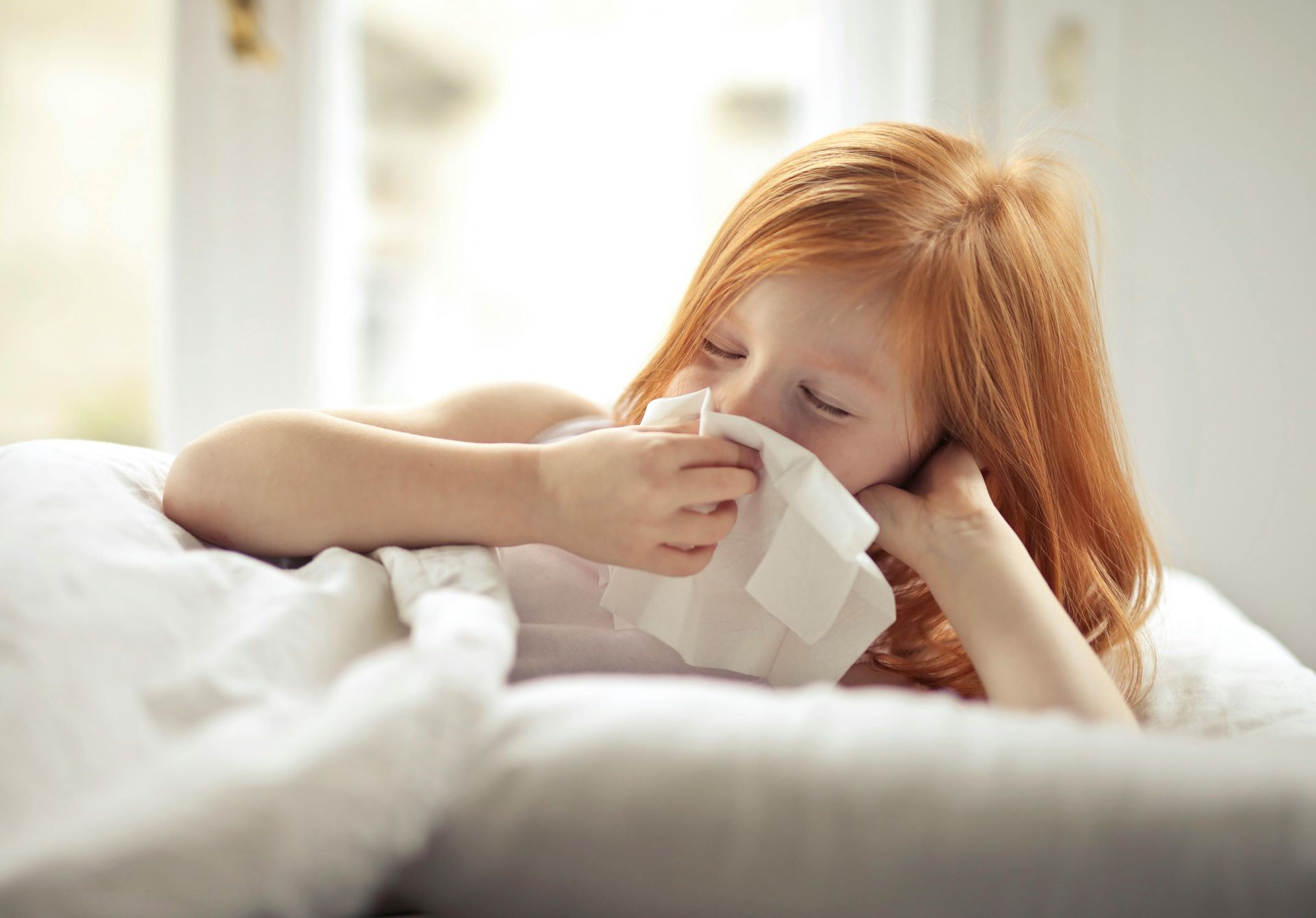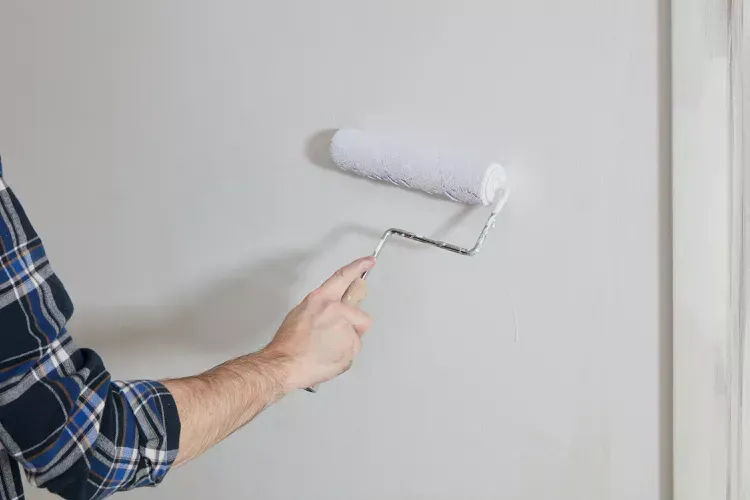Top Airborne Contaminants Found in Homes During Winter
Winter often means cozy evenings by the fireplace, hot cocoa, and spending more time indoors. However, as we seal up our homes to keep the cold out, we might also be sealing in some unwanted guests:
airborne contaminants. These pollutants can affect our indoor air quality, leading to potential health issues. In this article, we will explore the top airborne contaminants found in homes during winter and discuss how you can improve your household air quality.
Photo By: Trane
Understanding Indoor Air Quality
Indoor air quality refers to the cleanliness and health of the air inside our homes. As we spend more time indoors during the winter months, maintaining good air quality becomes even more crucial. Poor indoor air quality can lead to respiratory problems, allergies, and other health issues. Understanding the common airborne contaminants in your home can help you take the necessary steps to improve your environment.
Common Airborne Contaminants
Several types of airborne contaminants can be found in homes during winter. These include:
- Dust and Dust Mites: Dust accumulates quickly in homes, and with it comes dust mites. These tiny creatures thrive in warm environments and can trigger allergic reactions.
- Pet Dander: Even if you don't have pets, pet dander can travel on clothing and other items. It is a common allergen that can exacerbate asthma and allergies.
- Mold Spores: Mold growth can occur in damp areas of the home, such as basements and bathrooms. Mold spores can become airborne and cause respiratory issues.
- Volatile Organic Compounds (VOCs): These compounds are released from household products like paints, cleaning agents, and air fresheners. VOCs can cause irritation and other health problems.
- Carbon Monoxide: This odorless, colorless gas can come from gas stoves, fireplaces, and furnaces. High levels of carbon monoxide can be dangerous and even fatal.
- Smoke: Whether from tobacco or wood-burning stoves, smoke can significantly reduce indoor air quality and affect respiratory health.
- Pollen: While more common in the spring, pollen can still enter homes during winter, especially if windows are opened for ventilation.
Effects of Airborne Contaminants
Exposure to airborne contaminants can have various health effects, depending on the type and concentration of pollutants. Some common health issues include:
- Respiratory Problems: Inhaling pollutants can lead to conditions such as asthma, bronchitis, and other respiratory illnesses.
- Allergic Reactions: Allergens like dust mites, pet dander, and mold spores can trigger allergies, causing symptoms like sneezing, coughing, and itchy eyes.
- Headaches and Fatigue: VOCs and carbon monoxide can cause headaches, dizziness, and fatigue when inhaled in large amounts.
- Long-term Health Effects: Prolonged exposure to certain contaminants, such as smoke and VOCs, can increase the risk of developing chronic diseases, including cancer.
How to Monitor and Improve Household Air Quality
Monitoring and improving indoor air quality is essential for maintaining a healthy home environment. Here are some steps you can take to reduce airborne contaminants:
Air Quality Monitoring
Investing in air quality monitors can help you keep track of the levels of various pollutants in your home. These devices can detect VOCs, carbon monoxide, and particulate matter, providing real-time data that can alert you to potential issues.
Regular Cleaning
Regular cleaning can significantly reduce dust, pet dander, and other allergens. Vacuuming with a HEPA filter, dusting surfaces, and washing bedding frequently can help keep these contaminants at bay.
Ventilation
Proper ventilation is crucial for reducing indoor pollutant levels. Open windows and use exhaust fans to circulate fresh air throughout your home. This can help dilute and remove pollutants like VOCs and carbon monoxide.
Use of Allergen Air Filters
Installing allergen air filters in your HVAC system can help trap dust, pet dander, and other particles, improving the overall air quality in your home.
Humidity Control
Keeping indoor humidity levels between 30% and 50% can prevent mold growth and reduce dust mite populations. Use dehumidifiers in damp areas, and ensure proper ventilation in bathrooms and kitchens.
Reduce VOC Emissions
Choose low-VOC or VOC-free products when purchasing paints, cleaning agents, and air fresheners. These products emit fewer harmful compounds, contributing to better indoor air quality..
Environmental Air Quality Testing
If you're concerned about the air quality in your home, consider hiring professionals for
environmental air quality testing. They can identify specific pollutants and offer tailored solutions for your home.
Photo By: The Spruce
How to Reduce Particulates
Particulates are tiny particles that can be inhaled and cause health problems. To reduce particulates in your home, consider the following tips:
- Use an air purifier with a HEPA filter to trap fine particles.
- Avoid smoking indoors and limit the use of wood-burning stoves.
- Regularly change air filters in your HVAC system.
- Maintain a clean home environment to reduce dust accumulation.
Effects of Air Pollution on Plants
Interestingly, indoor plants can also be affected by poor air quality. High levels of pollutants can hinder plant growth and lead to yellowing leaves and stunted development. However, certain plants can also help improve indoor air quality by absorbing pollutants. Consider adding plants like spider plants, peace lilies, and snake plants to your home for their air-clearing properties.
Conclusion
At Wild Blue Home Inspections, we understand the importance of maintaining optimal indoor air quality, especially during winter months. As you take the necessary steps to monitor and improve the air quality in your home, remember that knowledge is your best ally. By being aware of common airborne contaminants and implementing effective strategies, you can significantly reduce health risks for you and your family.
If you're concerned about the air quality in your home, don't hesitate to reach out. Our team specializes in environmental air quality testing, helping you identify specific pollutants and offering tailored solutions for your unique environment. Schedule an inspection today to ensure your home is as safe and healthy as possible.
Let's work together to create a cleaner and fresher indoor atmosphere.
Contact Wild Blue Home Inspections for professional guidance on maintaining excellent household air quality. Your family's health and comfort depend on it!
For more tips on air quality monitoring and how to reduce contaminants in your home, explore our resources and stay informed.
Share this blog!





